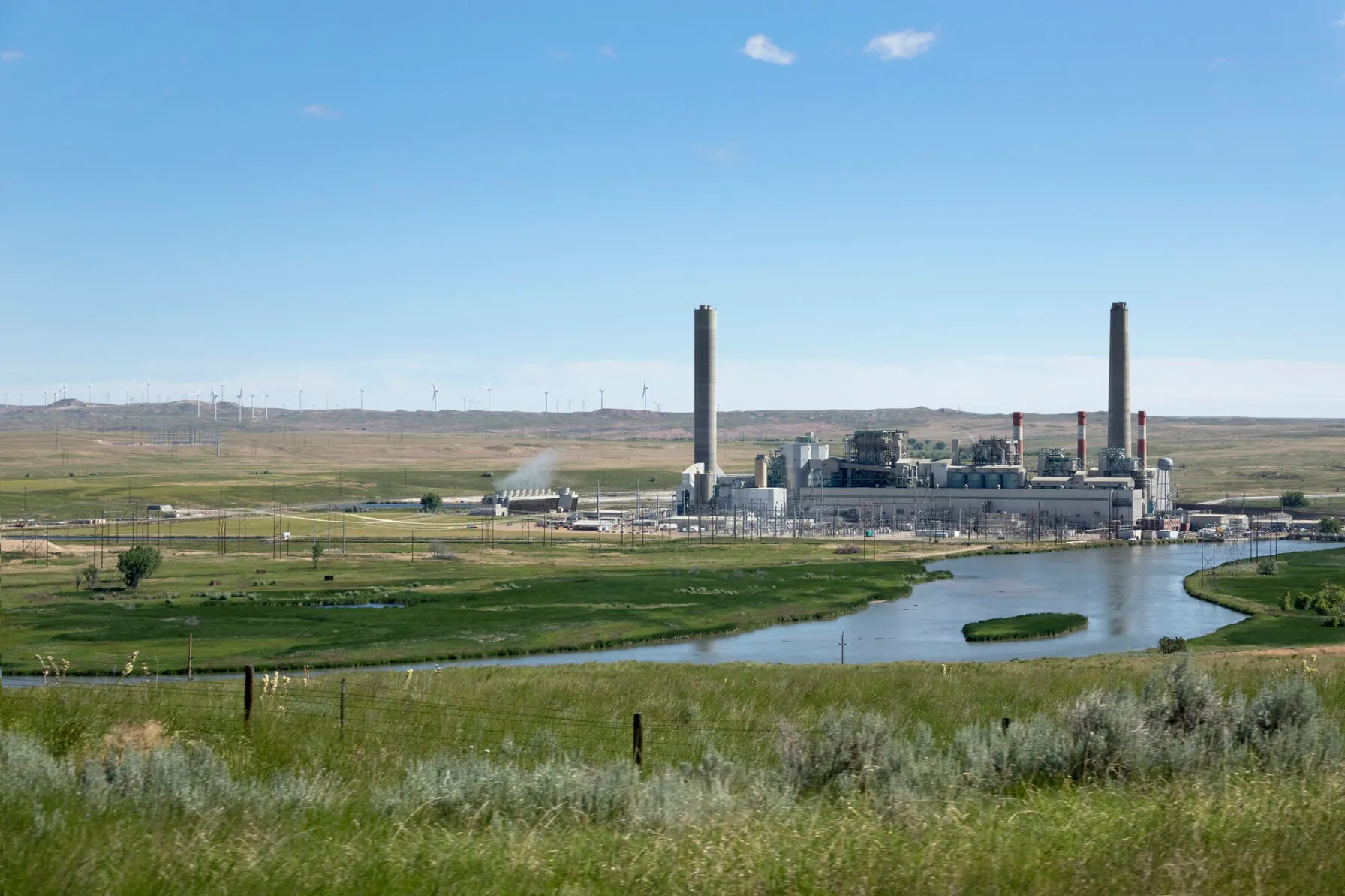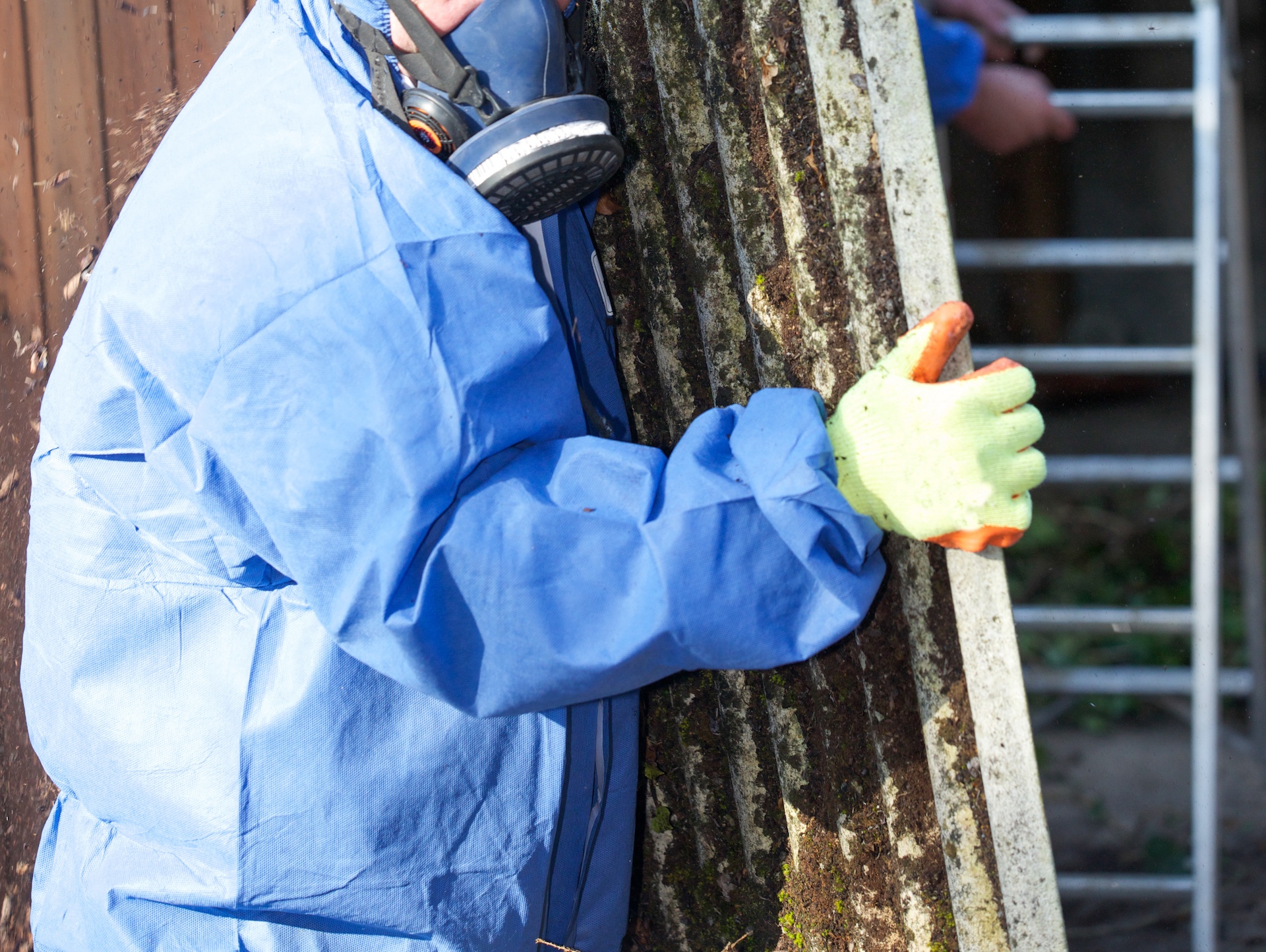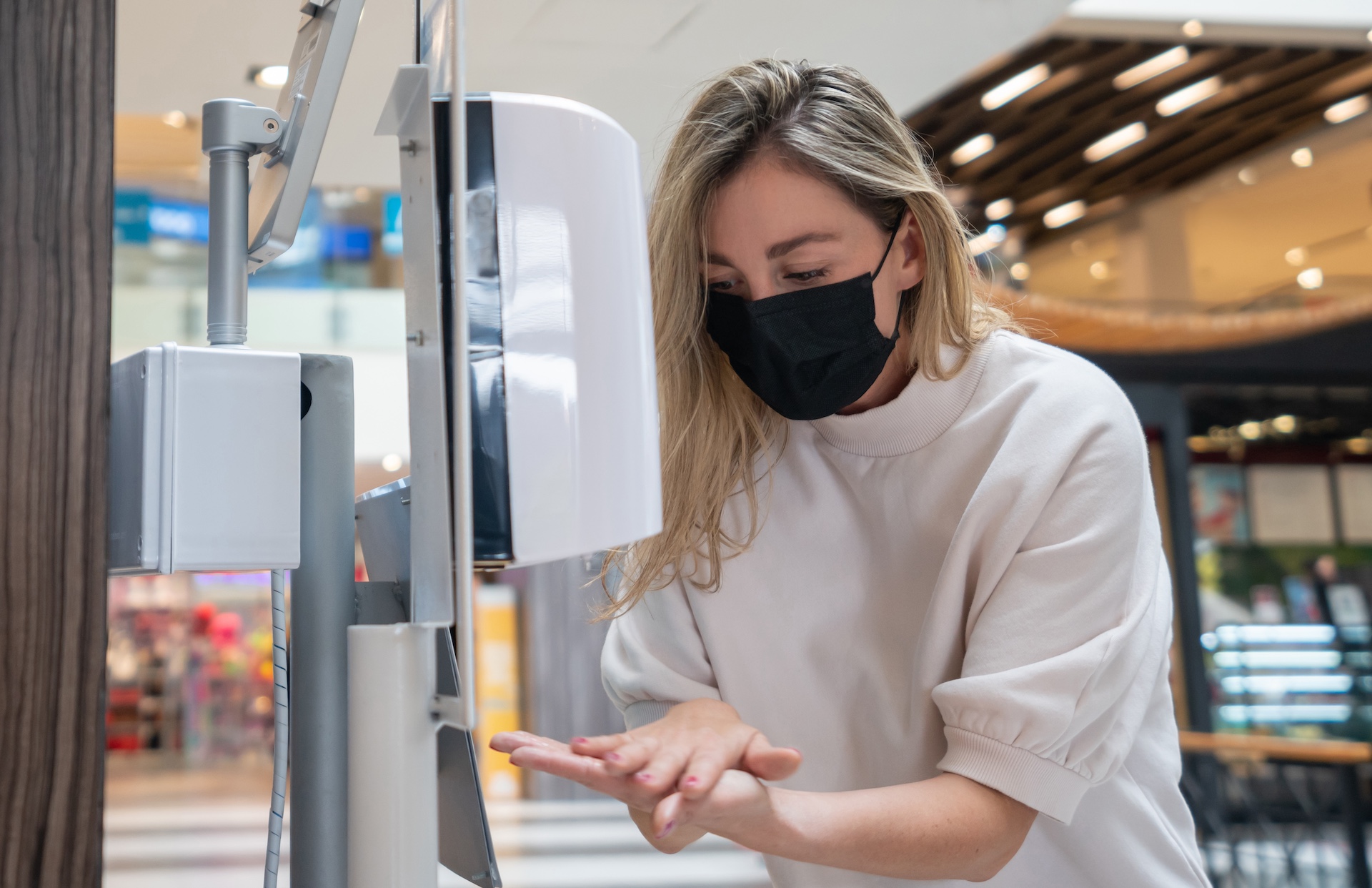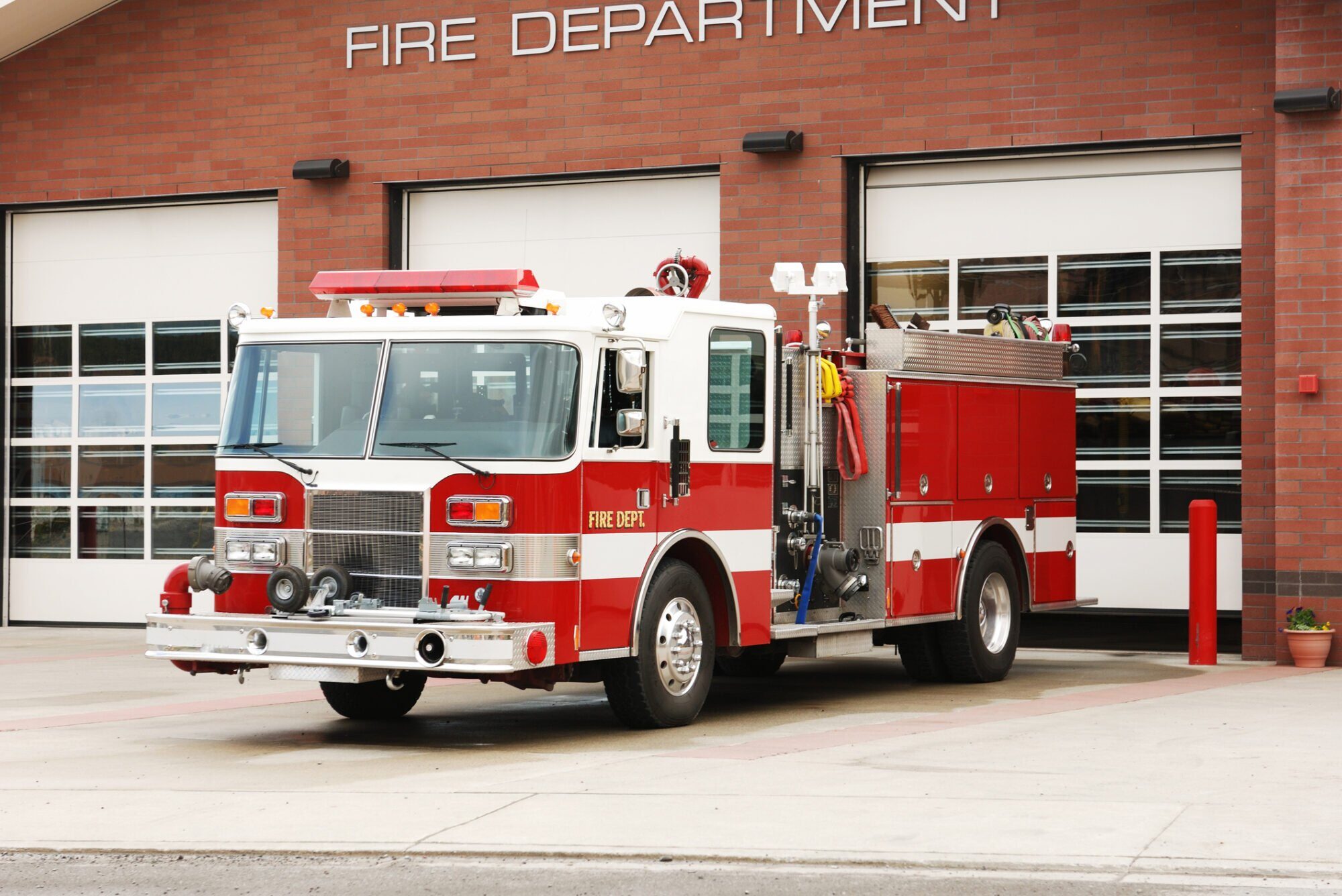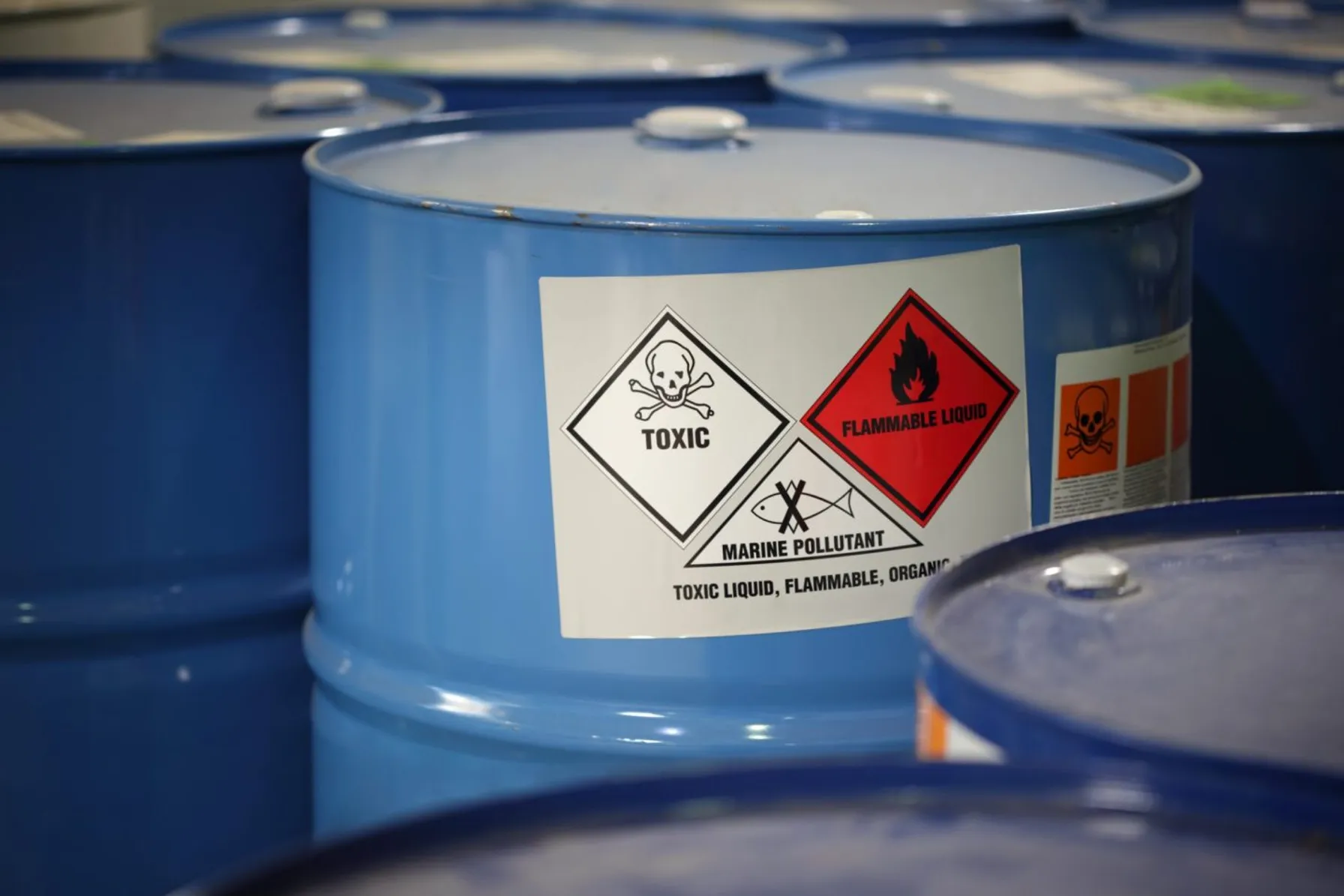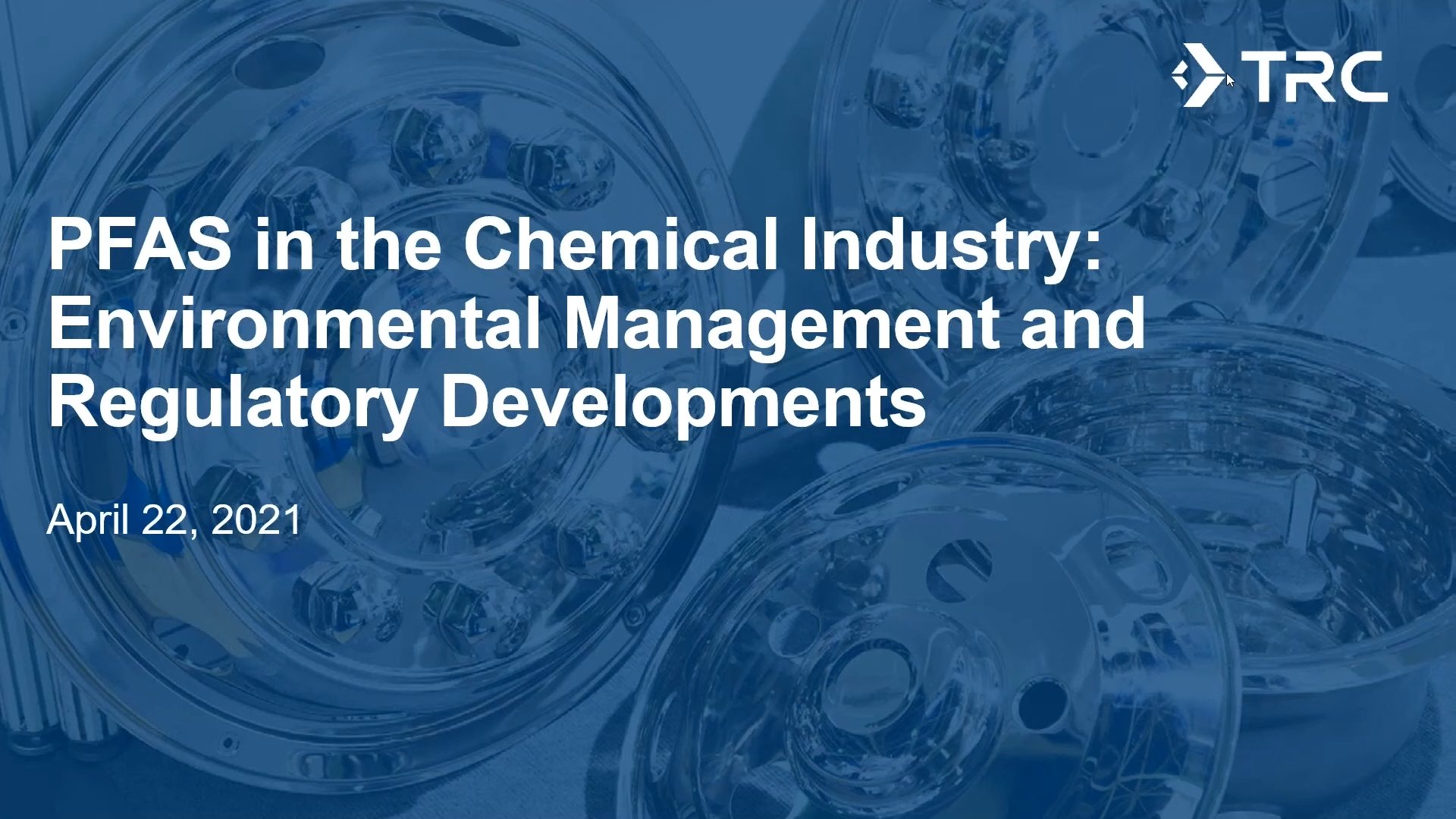Polarized Light Microscopy (PLM) for asbestos bulk sample analysis including gravimetric preparation (NOB) and point count quantification and Phase Contrast Microscopy (PCM) for airborne asbestos fiber concentration analysis following the National Institute for Occupational Safety & Health (NIOSH) 7400 method.
Qualified, Reliable and Comprehensive Analysis Services
Solutions for a safe workplace and ongoing regulatory compliance.
TRC maintains multiple accredited in-house laboratories to perform analytical services for asbestos, lead, radon, particulate matter and wet chemistry. Our tested practitioners are at the forefront of industry advancements and ensuring client-focused laboratory solutions at national market rates.
We are approved to perform analyses in all 50 U.S. states.
Laboratory Accreditations and Qualifications
TRC has accredited laboratories and expert lab personnel to enhance the laboratory analysis process. Our laboratories meet rigorous national compliance standards, uphold high-quality testing procedures and have undergone testing and accreditation in the following areas:
- Environmental Protection Association (EPA) Asbestos Bulk Sample Analysis Quality Assurance Program
- Accredited by the National Voluntary Laboratory Accreditation Program (NVLAP Lab Code 101424) For Asbestos Bulk Fiber Analysis
- The American Industrial Hygiene Association’s (AIHA) Proficiency Analytical Testing (PAT) Program (Organization ID PAT-100122)
- AIHA Laboratory Accreditation Programs, LLC (Laboratory ID: LAP-100122) for Phase Contrast Microscopy (PCM)/Polarized Light Microscopy (PLM) Analysis
- Certified as an analytical laboratory by the National Radon Proficiency Program (NRPP ID 102266-AL)

Comprehensive Laboratory Analysis Solutions
TRC’s staff consists of highly experienced lab managers, lab analysts, quality control managers and AIHA Asbestos Analysts Registry (AAR) Analysts. These experts have performed thousands analyses for clients within the public and private sector across the U.S.
TRC specializes in several areas of laboratory analysis, including:
Performed using an XRF spectrum analyzer following the NIOSH 7702 method.
Performed gravimetrically following the NIOSH 0500 method.
Conducted utilizing a gamma spectroscopy system on activated charcoal canisters.
Performed following US EPA Methods 5, 6, 8, 202 and 202a.
TRC’s Risk Factor Newsletter
Maintaining a safe workplace is key to building a resilient and successful organization. Learn how to navigate the many health and safety risks that your business may face by subscribing to our newsletter.

Frequently Asked Questions
Here are the answers to some questions we often receive regarding our laboratory analysis services.
TRC’s team maintains the latest testing methods and protocols through our accreditations from trusted organizations like the EPA and AIHA. Our laboratory teams participate in the industry and undergo continuous education and training in laboratory testing procedures. We monitor updates from regulatory agencies to ensure our testing methods align with all new regulations or standards.
We maintain proper instrument calibration for accurate readings and provide routine maintenance to ensure equipment functions as expected. Our laboratories keep consistent environmental conditions for factors like temperature and humidity that could affect test results. TRC also provides data review procedures to verify interpretations before delivering the final report.
The scenarios that lead to laboratory testing may vary based on the types of hazards. For example, asbestos testing typically occurs before construction, renovation or demolition. Other tests, like EPA emissions testing, require periodic tests every few years. The testing frequency may also change depending on operational changes or state and local regulations.
Contact Your Trusted Partners in Accredited Laboratory Analytics
We provide expansive testing procedures to identify potentially hazardous compounds and enhance regulatory compliance. Our accredited facilities and expert staff provide reliable and efficient testing according to established standards and guidelines— contact us today to connect with our experts.

Sharing Our Perspectives
Our practitioners share their insights and perspectives on the trends and challenges shaping the market.

What You Need to Know About MSHA’s Final Rule on Crystalline Silica Dust
April 8, 2024
Regulatory Changes Will Impact Mine Operators and Better Protect Employee Health and Safety.

OSHA Enforces New National Emphasis Program to Address Concerns with Warehouses and Distribution Centers
August 23, 2023
Why is OSHA concerned with Warehouses and Distribution Center Operations? The warehousing and distribution centers industries are growing rapidly, with employment increasing from 668,900 workers in 2011 to 1,713,900 in 2021. Within these same industries, there have been high rates of illness and injury. Specifically, within the warehousing and storage industry, top illnesses and injuries in 2020 included:

OSHA’s National Emphasis Program on Heat-Related Illness and Injuries
November 3, 2021
On September 20, 2021 in an OSHA National News Release, OSHA published a memorandum establishing an enforcement initiative that is designed to prevent and protect employees from heat-related illnesses and death. This initiative, which develops a National Emphasis Program (NEP) on heat inspections, is an expansion of an already existing Regional Emphasis Program (REP) in OSHA’s Region VI, which covers Arkansas, Louisiana, New Mexico, Oklahoma and Texas.

OSHA’s Call for Comments on Mechanical Power Press Standard Changes
September 30, 2021
OSHA has recently published a call for comment regarding mechanical power presses. The reason behind OSHA’s request is that the American National Standards Institute (ANSI) consensus standard for mechanical power presses has been updated numerous times since the implementation of OSHA’s standard.

OSHA Returns to In-Person Inspections As COVID-19 Restrictions Lift
August 4, 2021
The Occupational Safety and Health Administration (OSHA) is authorized by the Occupational Safety and Health Act of 1970 (OSH Act) to assure employers provide safe and healthful work conditions free of recognized hazards and by setting and enforcing standards and providing training, outreach, education and technical assistance. OSHA has recently announced the return to in-person inspections as COVID-19 restrictions begin to lift.

Managing EHS & ESG Risks Through Integrated Systems Today and Beyond
July 22, 2021
It has been more than 50 years since the development and establishment of the federal Environmental Protection Agency (EPA) and the federal Occupational Safety & Health Administration (OSHA) which were formed to protect our environment and workplaces across the United States. Significant laws, policies and regulations followed to establish the “regulatory programs” that all applicable businesses and entities must address and meet to ensure these compliance-driven legislative programs would create a foundation to protect our society.

OSHA COVID-19 Guidance, Regulation and Enforcement to Protect Workers
April 13, 2021
The Occupational Safety and Health Administration (OSHA) has signaled their intent to provide more guidance, regulation and enforcement with respect to protecting workers from contracting COVID-19 at their place of work. Among the key developments:

2020: A Year to Remember or a Year to Forget?
December 20, 2020
Published in EM Magazine, December 2020, this article by TRC’s David Elam speaks to the importance of pausing to reassess the work challenges we’ve faced due to COVID-19 this year and our accomplishments despite the challenges, and how to prepare for the coming year, after one of the most difficult years in modern history.

Are You Prepared for 2024 TSCA Chemical Data Reporting?
October 9, 2023
Chemical Data Reporting (CDR), like the Olympics, occurs every four years, and then most facilities move on to more pressing environmental, health and safety (EHS) matters.

EPA Proposed PFAS Reporting Requirement
July 29, 2021
New proposed rule would require all manufacturers and importers to report any amount of PFAS onsite

EPA Reduces Residential Soil Screening Level for Lead
February 12, 2024
The U.S. Environmental Protection Agency Office of Land and Emergency Management released the Updated Residential Soil Lead Guidance for CERCLA Sites and RCRA Corrective Action Facilities

EPA Issues Clarification of Free Product Removal Requirements
June 20, 2023
EPA recently clarified requirements for LNAPL recovery and remediation.

EPA Finds Trichloroethylene Presents Unreasonable Risk in Final Risk Evaluation
April 6, 2023
On Jan 9, 2023, the United States Environmental Protection Agency (EPA) revised the Toxic Substance Control Act (TSCA) to reflect a new risk determination for trichloroethylene (TCE).

Proposed MCLGs and MCLs for PFAS
March 15, 2023
Final Regulatory Determination for Contaminants on the Fourth Drinking Water Contaminant Candidate List

Washington State Establishes PFAS Cleanup Levels
September 21, 2022
The Washington State Department of Ecology (Ecology) recently published a list of 6 PFAS compounds that now have soil and groundwater cleanup levels

New National Emerging Contaminants Research Initiative
September 12, 2022
The Executive Office of the President of the United States announced a National Emerging Contaminant Research Initiative
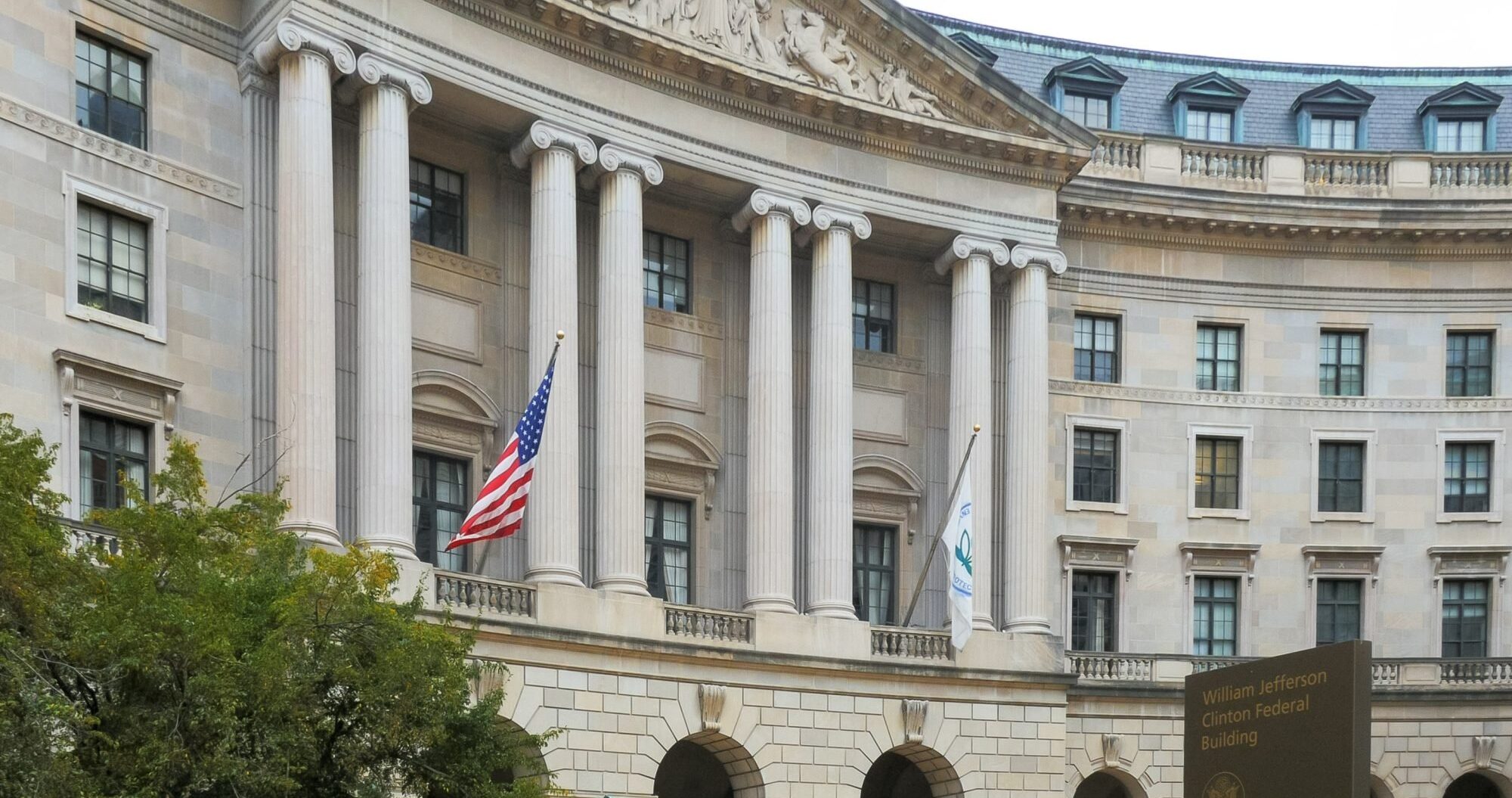
EPA Issues Proposed Rule Designating PFOA and PFOS as Hazardous Substances
September 7, 2022
The EPA has issued a pre-publication version of a proposed rule to designate two PFAS compounds as hazardous substances under CERCLA.

EPA Announces Updated Drinking Water Health Advisories for Four PFAS Chemicals: PFOS, PFOA, PFBS, & GenX
June 24, 2022
On June 15, 2022, the EPA released updated Health Advisory Levels for four per- and polyfluoroalkyl substances (PFAS) in drinking water

Ecological Risk of PFAS from AFFF-Impacted Sites
June 30, 2020
The facts on evaluating exposure to wildlife

TRC’s Reporting Tool Can Help Identify New PFAS under the TRI
May 19, 2020
While utilities often work in technical silos, NERC auditors are trained to cross check compliance evidence and data between interrelated standards.










